After our visit to St. Joseph’s Pony Express Museum, we head west on the Pony Express Highway (Rte. 36) for northeastern Kansas to learn about my mother’s Methodist, farm-family parents, Loren Haskin (I was named for him) and Hettie Fletcher. They, like Twain, would travel west, but by railroad four decades later, in 1901.
Hiawatha, Kansas, where my grandfather had this picture of him taken and where Hettie and he married in 1897, claims three distinctions. Until the 2010 census, it could say it was the largest city on Rte. 36 between St. Joseph and Denver, 600 miles to the east. But then Marysville, Kansas (Black Squirrel City, reportedly named for rare specimens that escaped from a traveling circus), achieved a population of 122 more people (squirrels not counted) than Hiawatha.
Second, Hiawatha’s location amidst Indian reservations (many of its streets are named for Indian tribes) encouraged its school district to question the names of its high school, middle school and elementary school mascots. In 2000, the school nicknames changed from Redskins, Warriors and Braves to Red Hawks, Hawks and Junior Hawks.
Third, the town’s Mount Hope Cemetery features a tomb so wonderfully weird that it has become a tourist attraction. In 1930, when Sarah H. Davis, the wife of John M. Davis, died he began erecting a massive memorial to her. The memorial’s 52-ton marble canopy and 11 life-sized statues took seven years and hundreds of thousands of dollars to complete.
Townspeople were dismayed that Davis spent the money on the memorial, not the town. But, ironically, the bizarre memorial’s empty overstuffed chair, winged-angel Sarah and four statues of Davis without his left hand benefit the town by attracting curious visitors who spend their tourist dollars locally.
In nearby Morrill, where my great-grandparents and grandparents lived, we interview Robert Herbster, 75, whose family for three generations worked the 160 acres that made up my great-grandfather John Fletcher’s farm. I show Herbster a photo I had taken of his family in 1980, when I first visited the farm to interview him as we drank lemonade and home-made apple cake.

On Morrill, Kan., land once farmed by a great-grandfather of Loren Ghiglione from his mother's side of the family, generations of the Herbster family farmed in 1979: Left to right, George and Nellie Herbster; Robert and Mary Herbster; front row, left to right, Mike and Marty Herbster.
The photo, in a way, tells the story of American farming. In the generation of Robert’s parents, George and Nellie Herbster, independent-minded local farmers could make a decent living on crops from hundreds, not thousands, of acres. By Robert’s generation, large agribusinesses began to dominate farming and Robert struggled to keep working his small farm, eventually moving into downtown Morrill and taking a job with Wenger Manufacturing in Sabetha, Kansas, before retiring in 2009 (his wife continues to work at the grain elevator in Morrill).
Their two sons, Marty and Mike, born in 1969 and 1971, also live in Morrill and do not farm, instead choosing engineering work at air filtrator and seed treater manufacturing plants in Sabetha and Wetmore, Kansas.
Perhaps anticipating the fate of farmers around Morrill, my grandparents took the railroad west in 1901 and settled in Pomona, California, where my grandfather, Loren Haskin, sold furniture for—and eventually became an owner of—Wright Bros. & Rice.
But the Morrill farm life survived in their souls and stories, such as their account of Grandmother Fletcher being kidnapped by Indians while playing and returned the next day unharmed.
Loren Ghiglione



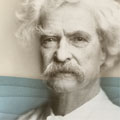
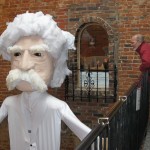
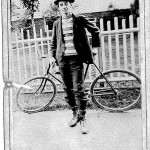
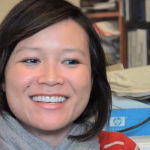
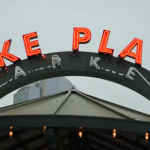
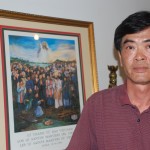
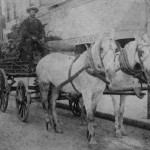
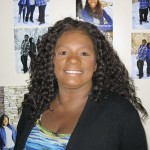
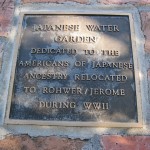
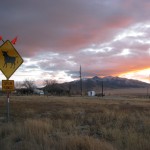
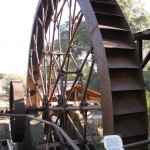
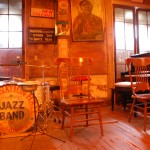

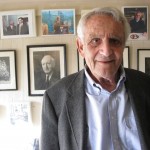
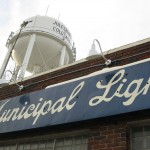
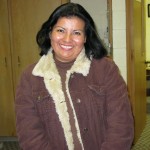
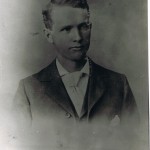


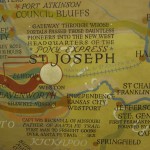

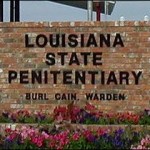
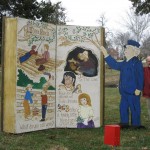

You have decided to dig into your family history. Your notebook contains everything you could recall about your relations. You began by recording your vital statistics and proceeded backwards jotting down all the details you could think of. So where do you go now?